1. Lard
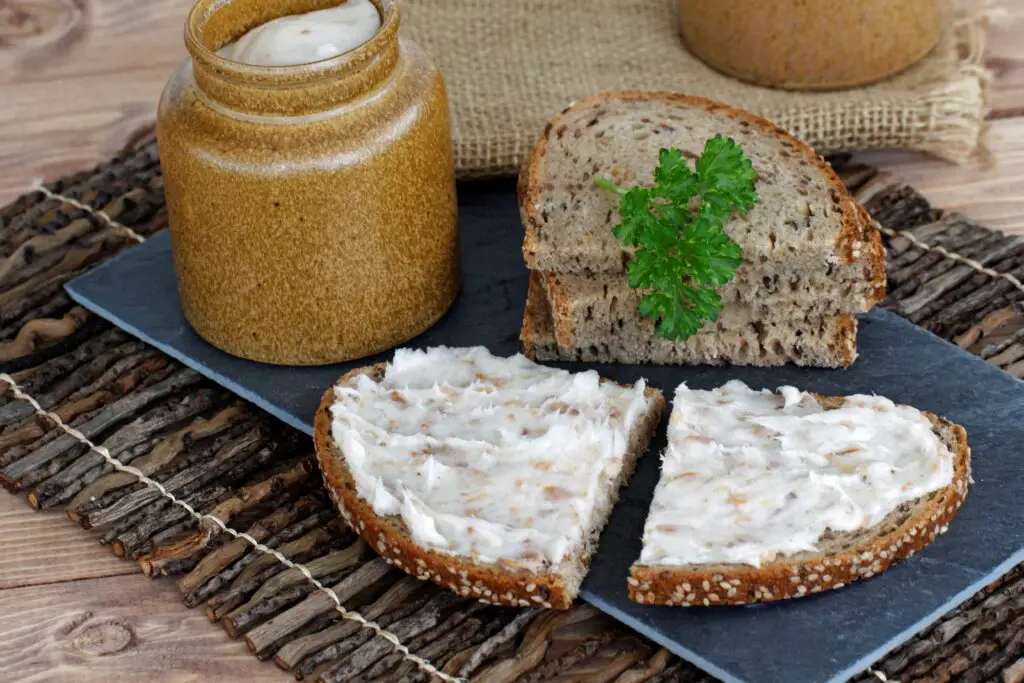
Back in the day, a big tin of lard sat proudly on many kitchen counters, ready to be scooped into a cast iron skillet for frying just about everything. From crispy fried chicken to flaky pie crusts, lard was the secret ingredient that made food taste extra indulgent.
Today’s nutritionists, however, would likely gasp at the idea of cooking with pure animal fat on a daily basis. High in saturated fats and cholesterol, lard has been largely replaced with oils deemed “heart-healthy,” like olive or avocado oil. But our grandparents didn’t think twice about using it, and honestly, it’s part of why their meals tasted so unforgettable.
2. Canned Cream of Mushroom Soup
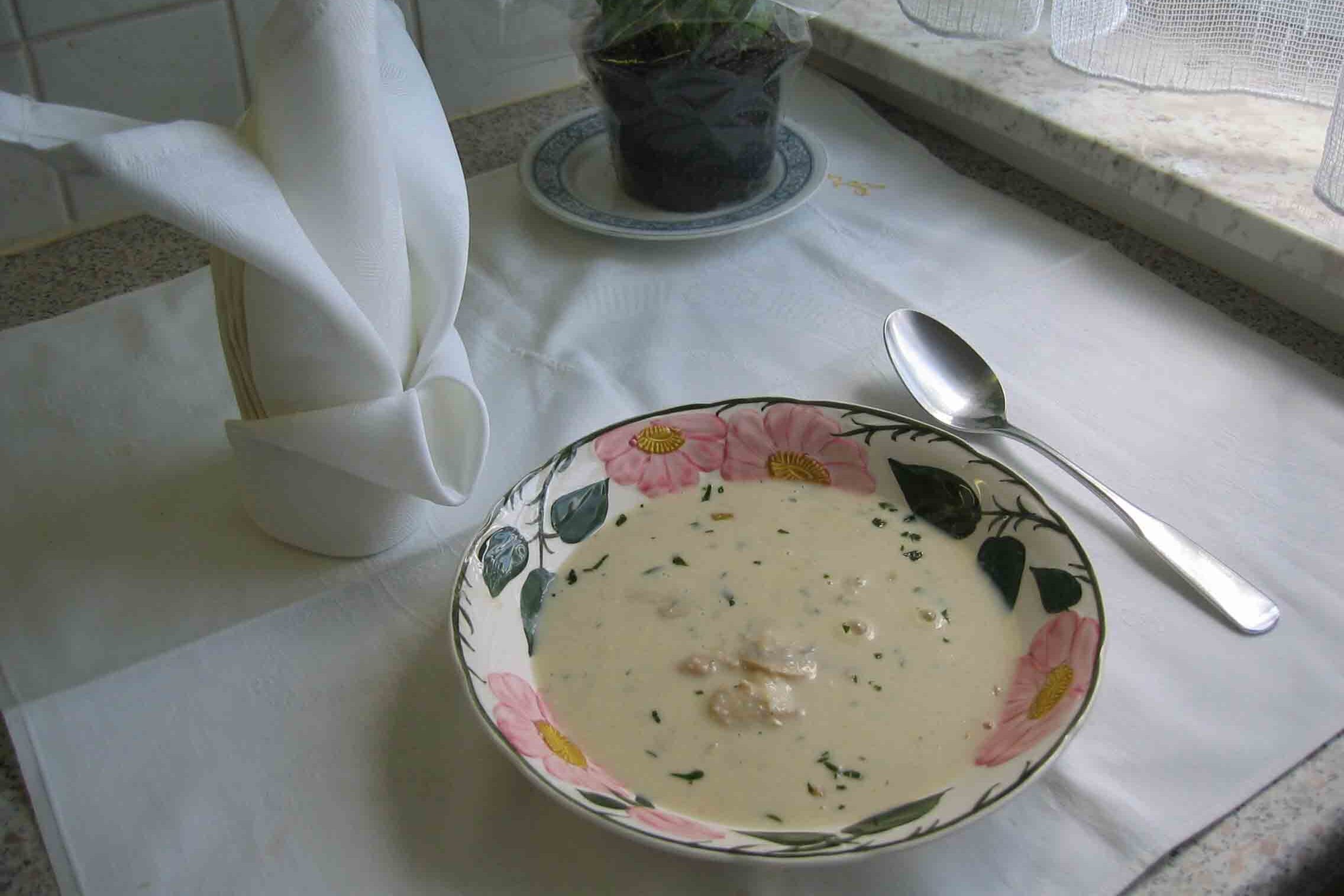
This wasn’t just soup—it was a sauce, a casserole base, and sometimes even a gravy substitute. Cream of mushroom soup, straight from the can, could transform a few pantry items into a full meal, and it became the backbone of dishes like green bean casserole or tuna noodle bake.
The problem? Most of those cans were packed with sodium, preservatives, and mysterious ingredients that don’t exactly scream “wholesome.” Nutritionists today might cringe at the idea of using something so processed as a primary ingredient. But for our grandparents, it was affordable, convenient, and deliciously creamy.
3. Bacon Grease

Pouring hot bacon grease into a coffee can for later use was basically a rite of passage in some households. That savory fat added flavor to everything from fried eggs to biscuits and gravy, and it was never, ever wasted.
Modern health advice, of course, warns against regularly consuming that kind of saturated fat. But if you grew up with grandparents who cooked with it, you probably remember how nothing quite tasted the same without it. It was their version of seasoning, and they swore by it.
4. Powdered Drink Mixes
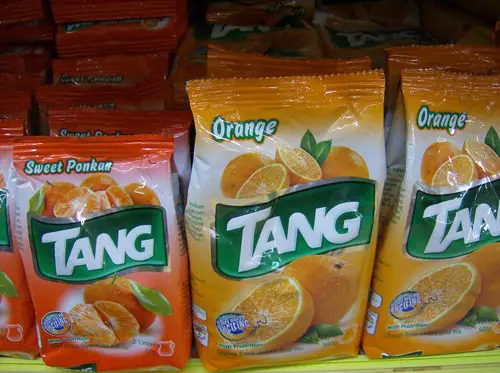
Whether it was Tang, Kool-Aid, or some other neon-colored concoction, powdered drink mixes were a staple in many kitchens. Just add water, stir, and you had a sweet, fruity drink that kids couldn’t get enough of.
Nutritionists today would likely point out the staggering sugar content and artificial dyes packed into every serving. There was often no real fruit involved, just flavorings and chemicals that gave it that “punch” of taste. But to grandparents, it was a way to treat the grandkids without breaking the bank.
5. Canned Meats
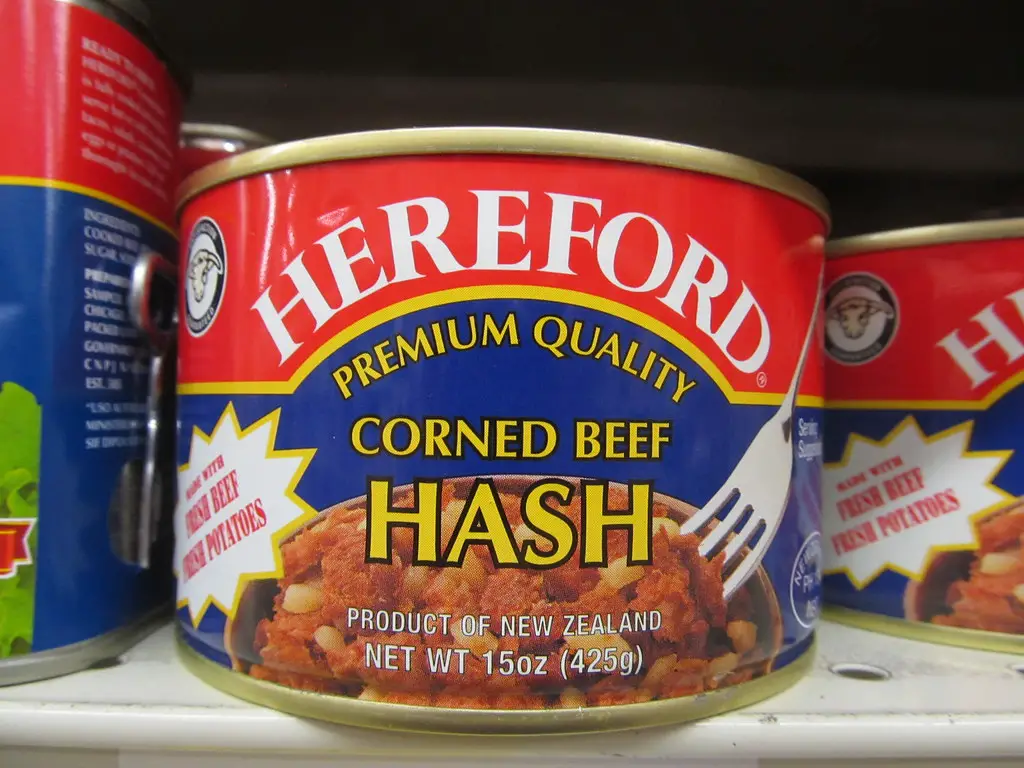
Spam, Vienna sausages, and deviled ham might not be at the top of today’s gourmet menus, but they were beloved in many homes. These shelf-stable meats were quick, convenient, and could be dressed up with a few simple sides for an easy meal.
From a modern standpoint, though, they’re often seen as loaded with sodium, nitrates, and highly processed meat byproducts. Today’s clean-eating crowd tends to avoid them entirely. Still, many grandparents viewed them as a practical and sometimes nostalgic ingredient that reminded them of leaner times.
6. Margarine
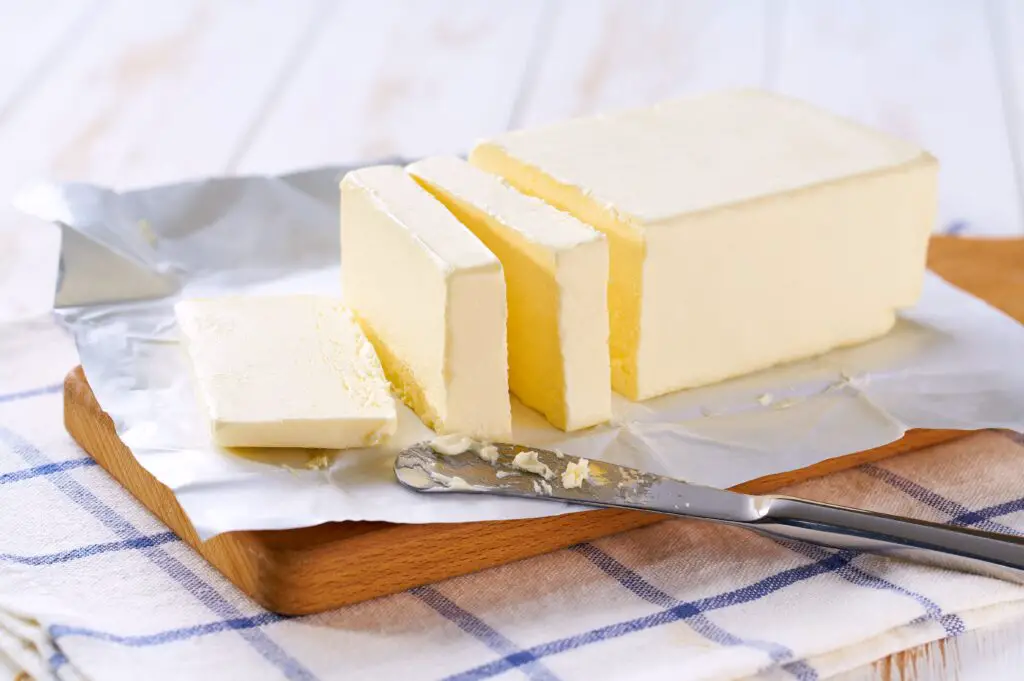
When butter got too pricey or was labeled unhealthy in certain decades, margarine swooped in as the cheaper alternative. Bright yellow and often wrapped in foil, it found its way onto toast, into batters, and as a topping on hot vegetables.
But many old-school margarine varieties were made with trans fats, which are now widely considered one of the worst things you can eat. Nutritionists today encourage going back to real butter in moderation. Grandparents, though, were just trying to stretch a dollar and keep meals tasting rich.
7. Gelatin in Everything
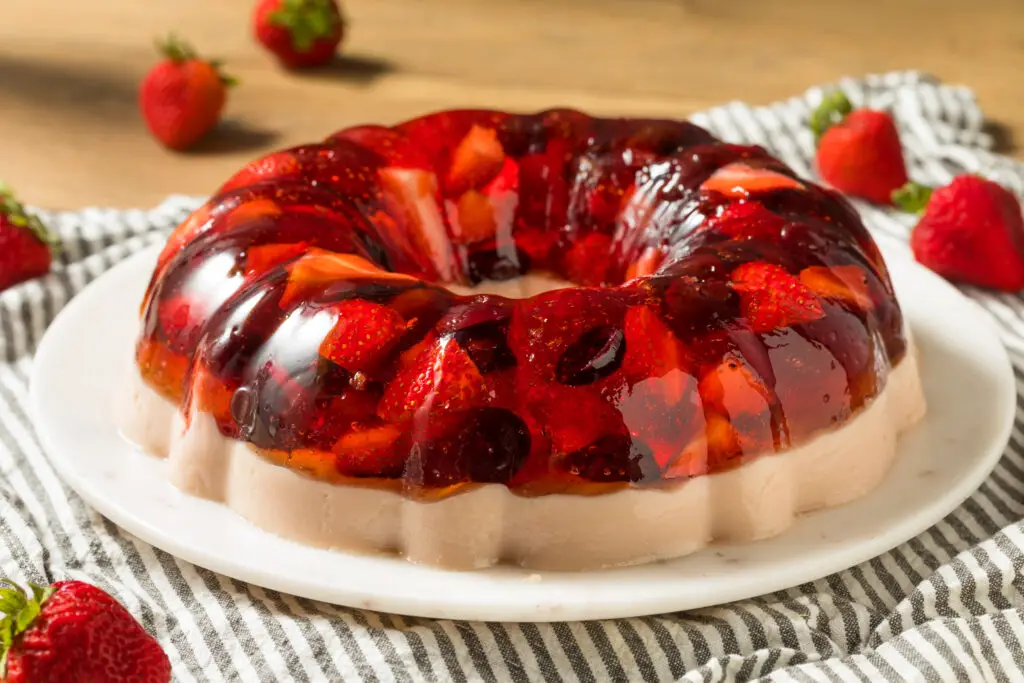
Whether it was Jell-O salad with shredded carrots or molded gelatin rings encasing canned fruit and mini marshmallows, there was no shortage of creative ways to use gelatin. It was colorful, fun, and a staple of potlucks everywhere.
To modern nutritionists, these jiggly creations are mostly sugar and artificial flavoring, sometimes with a side of mayonnaise or cream cheese for extra confusion. The textures and combinations might make today’s clean eaters squirm, but back then, it was considered a festive and even elegant dish.
